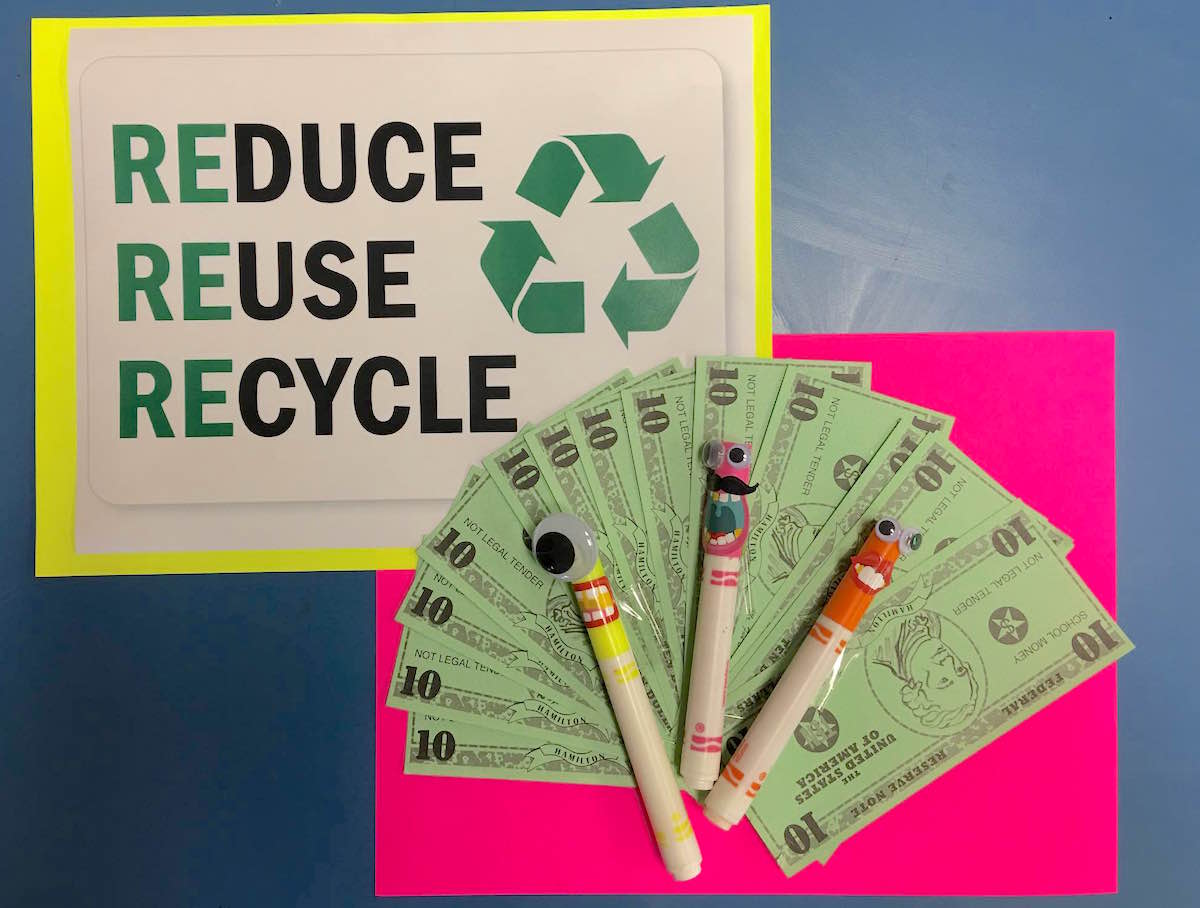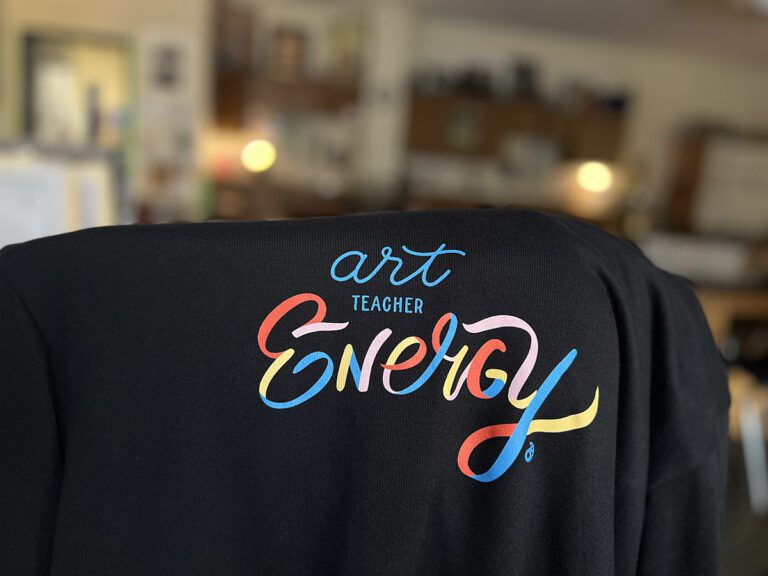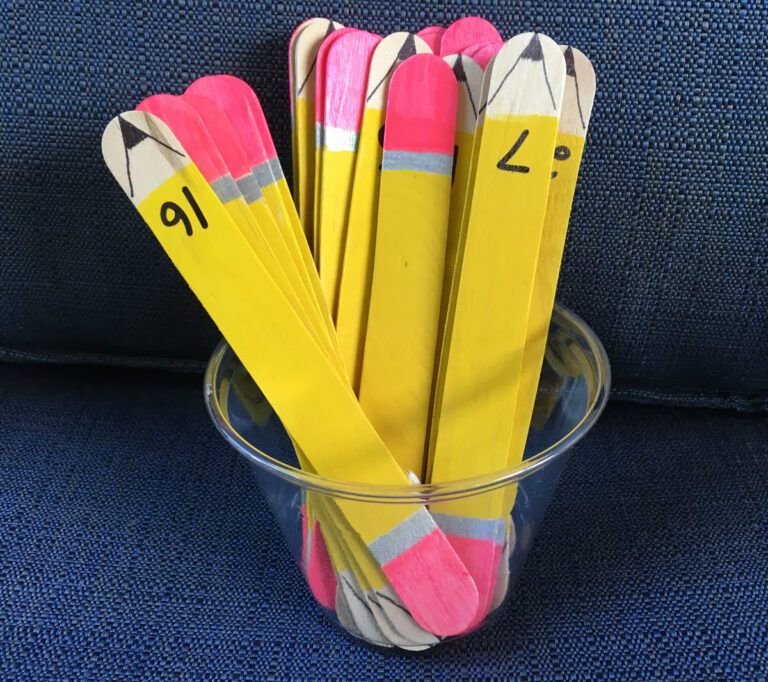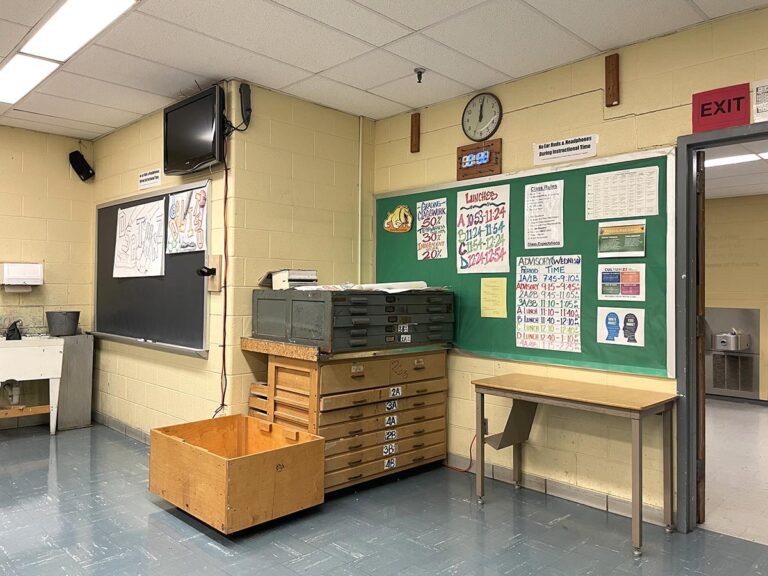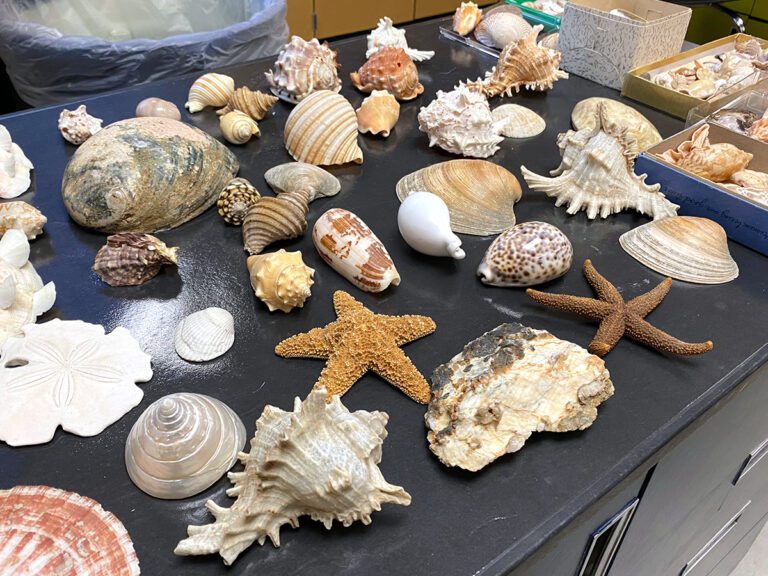Pencils disappearing before your eyes? Glue sticks missing caps? Markers without tops? No more!
Here are 7 surefire ways to keep supplies fresh, fully stocked, and ready for use all year long.
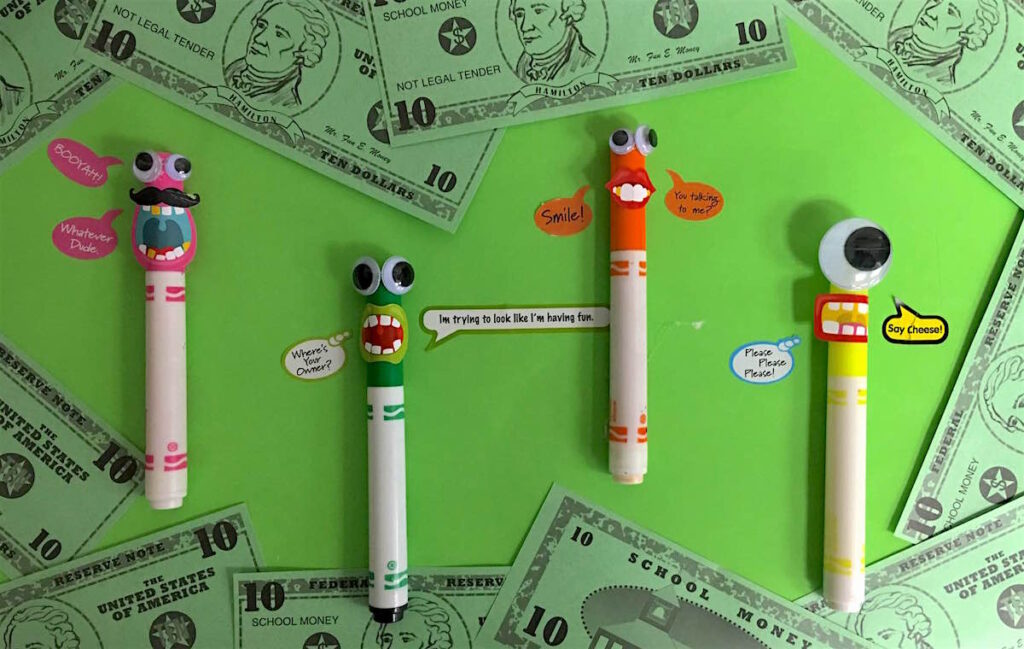
1. Personify your art supplies.
I begin the year telling my students how much “Mr. Marker” loves his top hat (a.k.a. cap). They are told to put the cap on the opposite end while using him and immediately back on his head once they are finished. In short, use humor to encourage good art room citizenship.
2. Save extras.
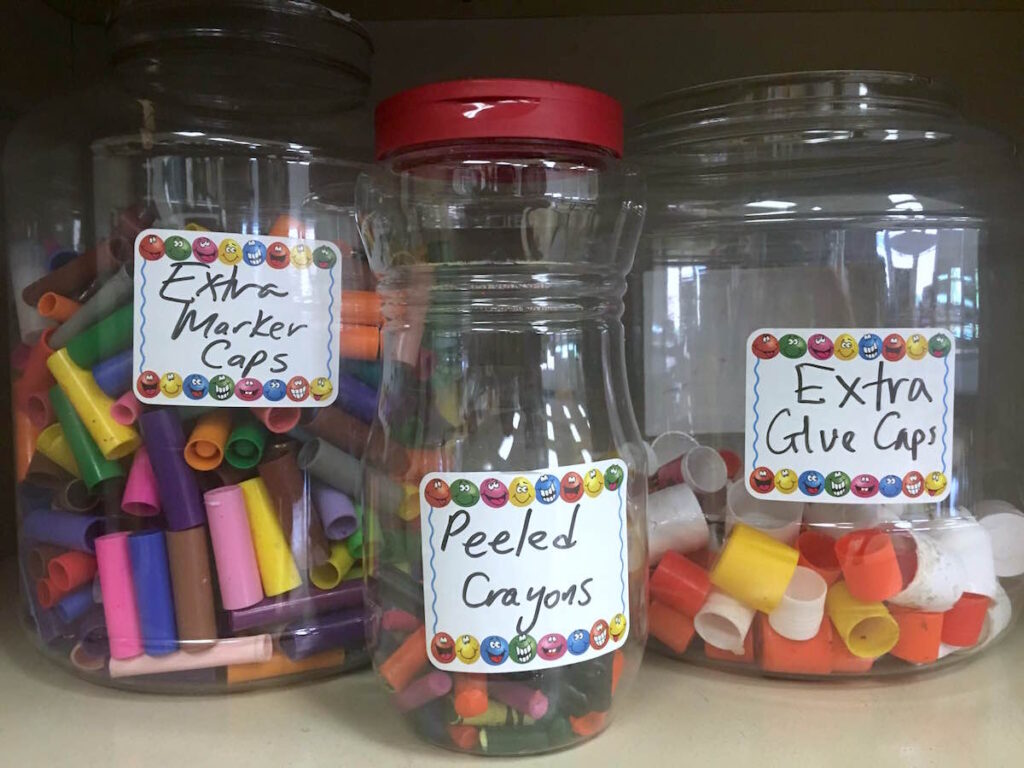
Markers fade, glue sticks dry up…c’est la vie. Rather than throwing away the entire marker or glue stick, remove its cap and create a container full of extras kept in plain sight. This way, when a student finds one missing its precious top, a rescue mission can ensue. Voilá!
3. Send home a monthly collection list and reward your best recycler.
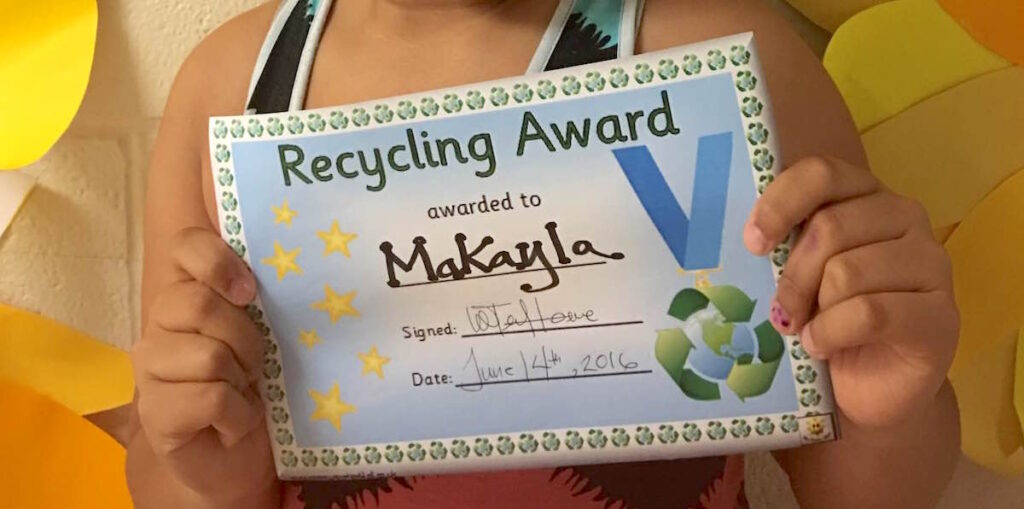
I call this program my “Art Up-Cycling Program” because it turns garbage into art. Each month, I compile a list of things I need to stock up on like toilet paper tubes, bottle caps, shoe boxes or whatever I need. I make a point of including visuals to ensure clarity. Then, I wait and watch as supplies roll in.
Once you create the lists for each month, you can reuse them year after year! As an incentive, I reward the best recycler each month with a certificate and the honor of rocking the “Best Recycler Crown” for the next art period. It works like a charm.
4. Dead markers? Recycle them!
Crayola’s Color Cycle campaign will take your old markers and give them a second life. Crayola pays for you to ship them old markers. You demonstrate how to minimize your carbon footprint for the kids while kids have an added incentive to sort working and nonworking markers. Win, win. Remember not to send the caps. Save them for later (see #2).
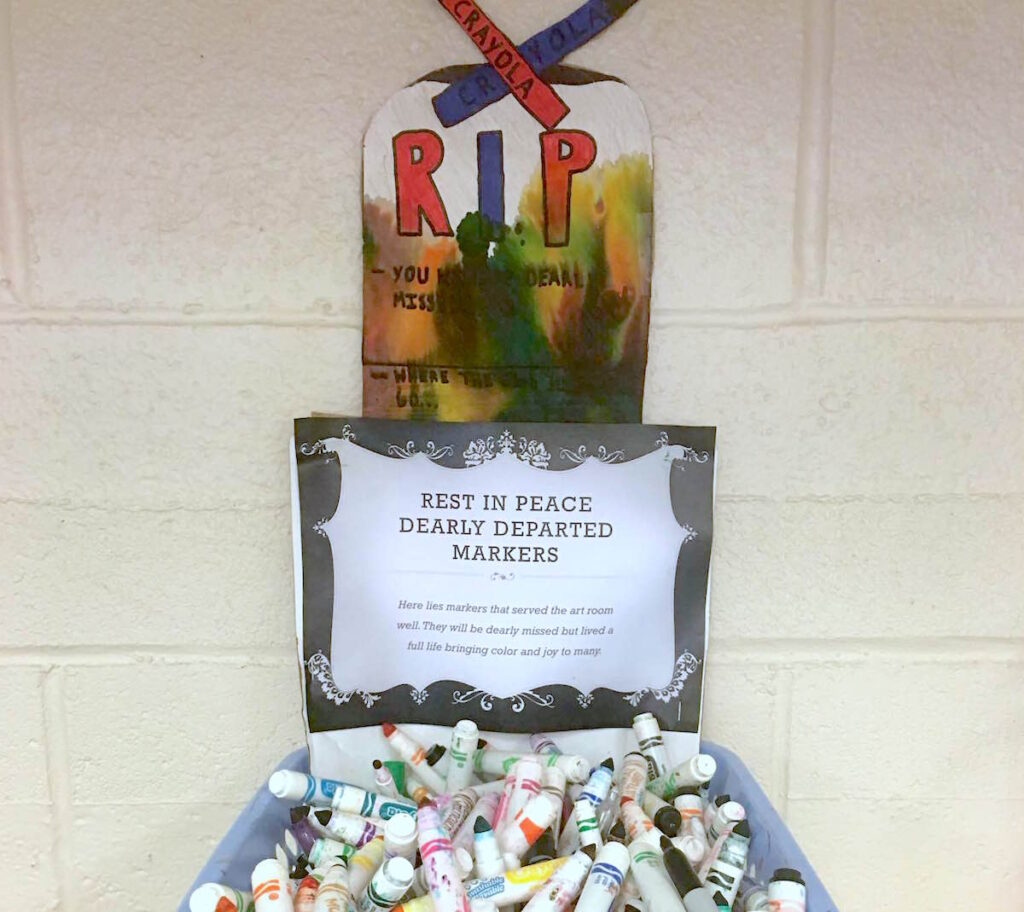
Take this idea even further by making a marker graveyard. Teach the kids to hum Chopin’s “Funeral March” as they carry a lifeless marker to its resting place. I realize this sounds a little dark, but watch how many more useless markers are collected, and prepare to be amazed. Kids love drama.
5. Never put out your whole stash at once.
My first year, I naively put all the pencils I ordered in plain sight. By November, I had almost no pencils. Ugh, lesson learned. Students see an overflowing container and assume you have more than enough to spare. It’s a natural impulse; abundance often leads to carelessness. Keep backup supplies under lock and key or at least out of sight. Then, think of a fun way to mark special “teacher only” supplies. For example, you could try gluing pom-poms to the tops. In my room, I commissioned a student to create a clay bust of me to use!

6. Seek out donations.
Every year during Fire Safety Week, the local fire department remembers to make a special delivery of Fire Safety themed pencils to the art room. Hundreds in fact. Score! Making a big show of our gratitude helps ensure the tradition sticks.
Every year, I notify local businesses that the art room is happy to take extras off their hands. A local wallpaper company donated dozens of wallpaper sample books and a local deli gifted the art room hundreds of resealable plastic containers we use for paint. You never know what treasures you’ll receive and what projects they’ll inspire. Remember to send a thank you with kids’ signatures and a photo with the donations in use!
7. Throw in a little song and dance.
I created a little song to remind kids how to cap a glue stick properly. Anything that allows for wiggles is good. I’ve got it attached to all my glue stick stations as a friendly reminder. For older kids, try incorporating the latest dance move into the mission.
With shrinking budgets and more students every year, saving money and supplies is essential. I hope these tips and tricks work in your classroom as well as they do in mine. Every penny counts when you can spend it on art supplies! Save now and gain a bit more wiggle room for supply shopping next year.
What tips and tricks can you share for keeping supplies?
How do you get kids invested in keeping their art room orderly and well maintained?
Magazine articles and podcasts are opinions of professional education contributors and do not necessarily represent the position of the Art of Education University (AOEU) or its academic offerings. Contributors use terms in the way they are most often talked about in the scope of their educational experiences.
